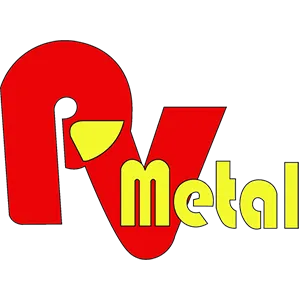We assist numerous customers with various machine structure designs, utilizing materials such as steel, stainless steel, and aluminum. Throughout this journey, we've encountered a range of obstacles, but we’ve always worked together to overcome them. Today, let’s discuss and explore the common challenges in steel structure design and the solutions we can offer. Firstly let explore in steel structure.
Steel is susceptible to corrosion when exposed to moisture, chemicals, or harsh environmental conditions. Corrosion can compromise structural integrity and reduce the lifespan of a steel structure.
To mitigate corrosion, engineers can use protective coatings, such as galvanization or paint, to shield the steel from environmental factors. Additionally, selecting weather-resistant steel alloys, like stainless steel or weathering steel, can enhance durability. Regular inspections and maintenance are also essential to identify and address corrosion issues early.
While steel is known for its strength, its weight can pose challenges in structural design, particularly in terms of foundation requirements and overall stability.
To optimize weight without sacrificing strength, designers can employ advanced modeling techniques, such as finite element analysis (FEA), to analyze stress distribution and identify areas where material can be reduced. Utilizing lighter steel sections and innovative design approaches, such as trusses or tension structures, can also help reduce overall weight.
Alternatively, we could suggest using aluminum as a material. Aluminum is significantly lighter than steel, which can be advantageous in various applications. However, it has a softer composition, so designers must carefully consider where aluminum is most appropriate within the structure. For areas that require greater weight-bearing capacity, steel remains the better choice.
The performance of steel structures heavily relies on the quality and design of connections. Poorly designed connections can lead to stress concentration, resulting in failure.
Investing in thorough connection design is crucial. Engineers should adhere to established design codes and standards while considering factors such as load transfer, welding techniques, and bolt specifications. Using software tools for connection design can enhance accuracy and reliability. Additionally, conducting simulations can help predict connection behavior under various loading conditions.
Steel expands and contracts with temperature fluctuations, which can lead to stresses in the structure if not properly accounted for in the design. A common issue during this process is contraction, particularly when welding.
Designers can include expansion joints and flexible connections to accommodate thermal movement. Conducting a thorough analysis of thermal effects during the design phase helps ensure that the structure can endure these forces without sacrificing its integrity. At the same time, fabricators like us need to utilize welding jigs to reduce pulling and contraction during the welding process.
Steel prices can fluctuate due to market conditions, impacting project budgets. Additionally, the complexity of design and fabrication can lead to increased costs.
To manage costs effectively, it’s crucial to conduct thorough budgeting and forecasting during the planning phase. Collaborating closely with suppliers can provide insights into material costs and availability. Implementing value engineering practices can also help identify cost-saving opportunities without sacrificing quality or performance.
Navigating building codes and regulations can be challenging, particularly when working in different jurisdictions with varying standards.
Staying informed about local building codes and regulations is essential. Engaging with local authorities early in the design process can help identify any compliance issues. Working with experienced professionals who understand regional requirements can streamline the approval process.
In conclusion, while the design and construction of steel structures present various challenges, understanding and addressing these issues is key to successful project execution. From managing thermal expansion to navigating supply chain delays and ensuring regulatory compliance, proactive strategies and collaboration among stakeholders can mitigate potential obstacles. By embracing innovative solutions and maintaining open communication, engineers and fabricators like us can work together to deliver high-quality, durable steel structures that meet the demands of modern construction. As the industry continues to evolve, adapting to these challenges will not only enhance project efficiency but also contribute to the long-term sustainability and resilience of steel structures in our built environment.

 Philippines
Philippines